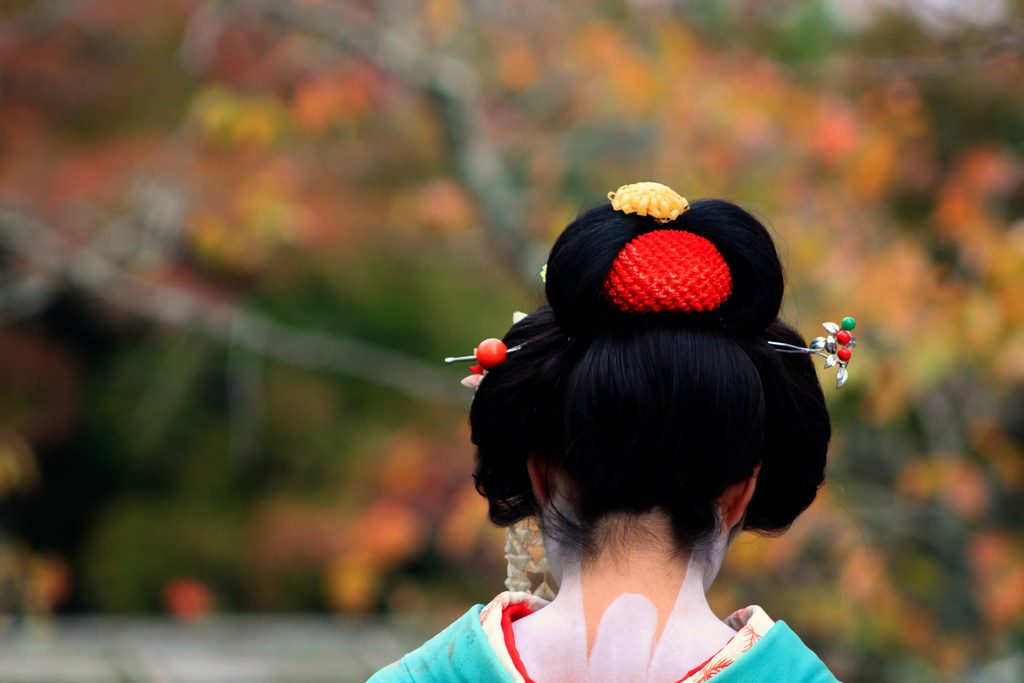What is Japanese Keigo?-3 styles to know. Posted by keiko on Sep 11, 2017 in Culture, Grammar
Since we are discussing Japanese honorifics(mainly polite language), I would like to go back to some basics on this post to explain what the Japanese honorifics (keigo, 敬語、けいご) is all about.
Japanese honorifics is not all about being polite but also understanding when to use certain form of Keigo(敬語、けいご). There are 3 forms of Keigo that you would want to know.
1. Sonkeigo (尊敬語、そんけいご) = Respectful Language
2. Kenjogo (謙譲語、けんじょうご) = Humble Language
3. Teineigo (丁寧語、ていねいご)= Polite Language
To keep things simple, above is all the basic definition of each form that you need to know. Sonkeigo is for respecting others, while you talk to someone who is older or mainly customers. In customer service environment, this form is used the most. You almost can’t communicate with any customers without using some form of Sonkeigo.
Kenjogo is mainly used to talk about yourself, and Teineigo is the one with “desu” and “masu”that I explained in a different post.
With this in mind, I thought I would explain to you how each verb changes as we change our form of Keigo from 1 through 3 above.
Let’s focus on these 3 verbs to see how the verb changes as we change the style/form of Keigo.
| Buy (Kau, 買う、かう) | ||
| <尊敬語> | <謙譲語> | <丁寧語> |
| お求めになる | 買わせていただく | 買います |
| おもとめになる | かわせていただく | かいます |
| Omotomeni naru | Kawasete itdaku | Kai masu |
1.If you buy this set today, you will save 20%.
Kochirano set o kyo omotome itadaku to 20% off to narimasu.
こちらの セットを 今日 お求めになりますと、20 パーセント オフ と なります。(こちらの せっと を きょう おもとめになりますと、20 ぱーせんと おふ と なります。)
2. Let me buy this set.
Kono set o kawasete itadakimasu.
この セットを 買わせて いただきます。(この せっとを かわせて いただきます。)
3. I will buy the set.
Sono set kaimasu.
その セット 買います。(その せっと かいます。)
| Go (iku, 行く、いく) | ||
| <尊敬語> | <謙譲語> | <丁寧語> |
| いらっしゃる | 伺う | 参ります |
| うかがう | まいります | |
| Irassharu | Ukagau | Mairi masu |
1.Please come to our house tonight.
Konya uchi e irasshatte kudasai.
今夜、うちへ いらっしゃって ください。(こんや うちへ いらっしゃって ください。)
2.Can I come over to your place?
Sochira e ukagattemo iidesuka?
そちらへ 伺ってもいいですか?(そちらへ うかがってもいいですか?)
3.I will come over to your place.
Sochira e mairi masu.
そちらへ 参ります。(そちらへ まいります。)
| Go home (kaeru, 帰る、かえる) | ||
| <尊敬語> | <謙譲語> | <丁寧語> |
| お帰りになる | おいとまする | 帰ります |
| おかえりになる | かえります | |
| Okaeri ni naru | Oitoma suru | Kaeri masu |
1.What time are you going home today?
Kyo wa nanji ni okaeri ni narare masuka?
今日は 何時に お帰りに なられますか?(きょうは なんじに お帰りに なられますか?)
2. I am going home now.
Soro soro oitoma shimasu.
そろそろ おいとま します。
3. I will be going home tomorrow.
Asu ie ni kaeri masu.
明日 家に 帰ります。(あす いえに かえります。)
Hope you got an idea on how the verb changes from one from to another as you show respect, humbleness, or politeness. It is hard to use these effectively. It all depends on who you are talking to. I think the best way is to learn Teineigo first and mix in some of the Sonkeigo and Kenjogo based on your situation.

Build vocabulary, practice pronunciation, and more with Transparent Language Online. Available anytime, anywhere, on any device.




